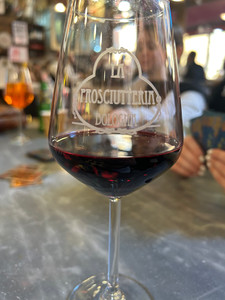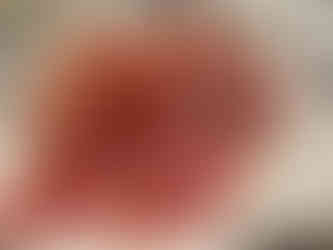
One size doesn't fit all when it comes to wine and food pairing, but...
The first thing to remember when considering food and wine pairings is that we all have diverse responses to different flavours and aromas. Think about how people have varied sensitivities to spicy food (the phaal eater versus the korma lover) and differing experiences of bitter and sweet. That said, there are some general things to consider when pairing wine and food.
A few wine and food pairing considerations
Umami and sweetness in food tend to make wines taste more bitter and acidic and less sweet and fruity. Conversely, foods containing salt and acid elements will make wines taste less bitter and acidic, and sweeter and fruitier. Salt also softens the tannins in red wine.
Another big consideration is the flavour intensity of the wine and the food. It is important to ensure that one doesn’t overpower the other. It’s usually best to match a lighter wine with a delicate dish and a powerful wine with a robust dish.
Champagne paired with Fish and Chips

The grandeur of Champagne is the perfect pairing to the humble classic of fish and chips. It sounds like a mismatch, but on the contrary, the bubbles and acidity of the French fizz cut through the fat of the fish and chips beautifully. This is accentuated if you add lemon to your fish and vinegar to your chips. It doesn’t have to be Champagne though; any sparkling made in the traditional method works well.
Lambrusco and Salumi - a Perfect Match
Lambrusco (the good stuff, not the sweet pop version that flooded the market in the 80s) is red, bubbly, and very fruit-forward and refreshing. It hails from the Emilia-Romagna region in Italy and pairs amazingly with umami-rich salumi. Parma ham, Culatello di Zibello DOP, Coppa Piacentina DOP, Mortadella, and Salame di Felino Culare IGP come from the same area and are a great choice if you want to be the ultimate pairing pro! Lambrusco has bright acidity, which helps cut through the richness and fat of these cured meats. Its effervescence adds a great textural contrast to the oily nature of the charcuterie, and its spectrum of diverse fruity flavours - red and black cherries, strawberries, raspberries, blackberries, violets, watermelon, orange peel, and even rhubarb - complement the savoury and sometimes slightly sweet flavours of the meats. Lambruscos, which are slightly sweet, can also balance out the saltiness of the charcuterie.
Pinot Noirs That Work Great with Duck

A light-to-medium-bodied Pinot Noir from a cold climate region such as Burgundy or Oregon goes great with duck breast (especially with a cherry/berry reduction). The bright acidity and red fruit flavours of this type of wine, such as strawberry, redcurrant, raspberry, and cherry, enhance the flavours of the duck. The soft tannins of these Pinot Noirs don't overpower the meat. Similarly, it can be a good pairing option for chicken, salmon, and tuna.
Pairing Suggestions for Asian Cuisine

An off-dry, or even semi-sweet, Riesling from Germany or the Alsace region of France is a great partner for an array of Asian dishes of varying spiciness. The natural sweetness and high acidity of Rieslings balance the heat, sour, salty and sweet elements of the food, while the aromatic style of the wine complements the complex flavours in the dishes.
Pairing your Dessert

Sauternes is a white wine from Bordeaux. It is made from a combination of grapes infected with a fungus called Botrytis (also known as noble rot) and wonderfully balances sweetness and acidity. It is often drunk specifically as a dessert wine. Its apricot, honeyed, and peachy notes pair beautifully with the creamy texture and vanilla flavours of crème brûlée. The wine’s acidity balances the richness of the dessert, creating a perfect match. Sauternes is also the classic pairing with foie gras; it complements the rich, buttery flavours, and creamy texture of the liver. I also love Passito di Pantelleria, which goes well with pastries, biscuits and Sicilian classics of cannoli and cassata.
As with all things food and wine it's very subjective, so enjoy the experimentation!







Comments